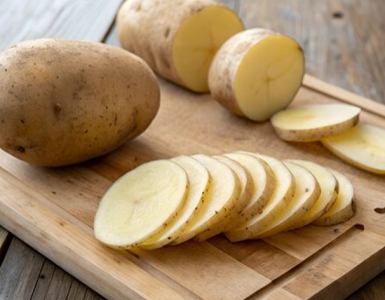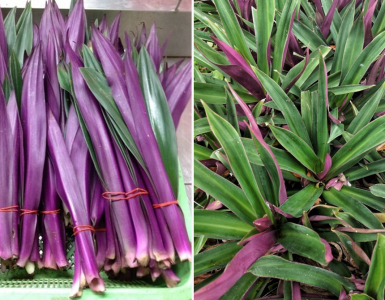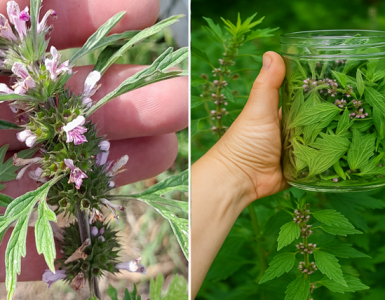Cumin, with its warm, aromatic flavor, is a staple spice in cuisines around the world. While it’s readily available in stores, there’s something uniquely satisfying about growing your own cumin at home. Not only does it ensure a fresh and flavorful addition to your dishes, but it also allows you to connect more intimately with your food and the process of cultivation. In this guide, we’ll explore how you can grow your own cumin right in the comfort of your home, even if you have limited space, using containers.
Choosing the Right Container:
Before you start growing cumin, it’s essential to select the right container. Cumin plants have deep taproots, so opt for containers that are at least 12 inches deep to accommodate their root system. Additionally, ensure that the container has drainage holes to prevent waterlogging, which can lead to root rot. You can use clay pots, plastic containers, or even repurpose old buckets, just make sure they’re clean and have proper drainage.
Selecting Seeds:
When selecting cumin seeds for planting, opt for high-quality seeds from a reputable source. Look for seeds that are plump, firm, and free from any signs of damage or mold. While cumin seeds are readily available in stores, you can also save seeds from mature cumin plants for future planting.
Preparing the Soil:
Cumin thrives in well-draining, sandy loam soil with a pH level between 6.0 and 7.5. You can create a suitable potting mix by combining equal parts potting soil, perlite, and coarse sand. Before planting, ensure the soil is moist but not waterlogged.
Planting Cumin Seeds:
Plant cumin seeds directly into the prepared soil, sowing them about ¼ inch deep and spacing them 4 to 6 inches apart. You can plant multiple seeds in each container, but thin them out once they germinate, leaving the strongest seedlings to grow.
Providing Optimal Growing Conditions:
Cumin plants thrive in full sunlight, so place your containers in a sunny spot where they’ll receive at least 6 to 8 hours of sunlight per day. Keep the soil consistently moist but not soggy, watering the plants whenever the top inch of soil feels dry to the touch. Avoid overwatering, as cumin plants are susceptible to root rot.
Fertilizing and Maintenance:
During the growing season, feed your cumin plants with a balanced, water-soluble fertilizer every 4 to 6 weeks to promote healthy growth. Additionally, remove any weeds that may compete with the cumin plants for nutrients and water.
Harvesting Cumin:
Cumin plants typically take about 3 to 4 months to reach maturity and produce seeds. Once the plants start flowering and the seeds turn brown, they’re ready for harvest. Cut the seed heads from the plants and place them in a paper bag to dry in a warm, well-ventilated area for about 2 weeks. Once dried, thresh the seed heads to remove the seeds, and store them in an airtight container away from light and moisture.
Growing your own cumin at home in containers is a rewarding experience that allows you to enjoy the freshest and most flavorful cumin possible. By following these simple steps, you can cultivate healthy cumin plants right in your own kitchen or balcony, adding a touch of homegrown goodness to your culinary creations. So why not embark on this flavorful journey and start growing your own cumin today?






Add comment